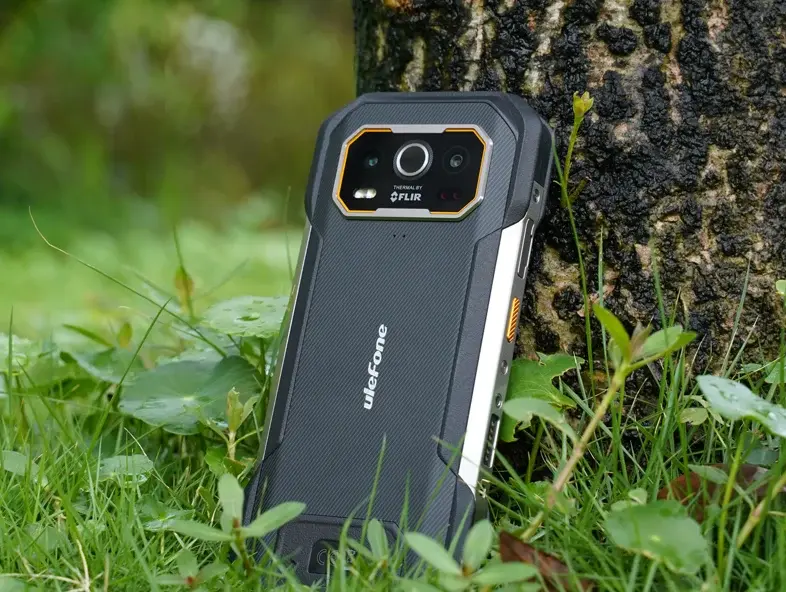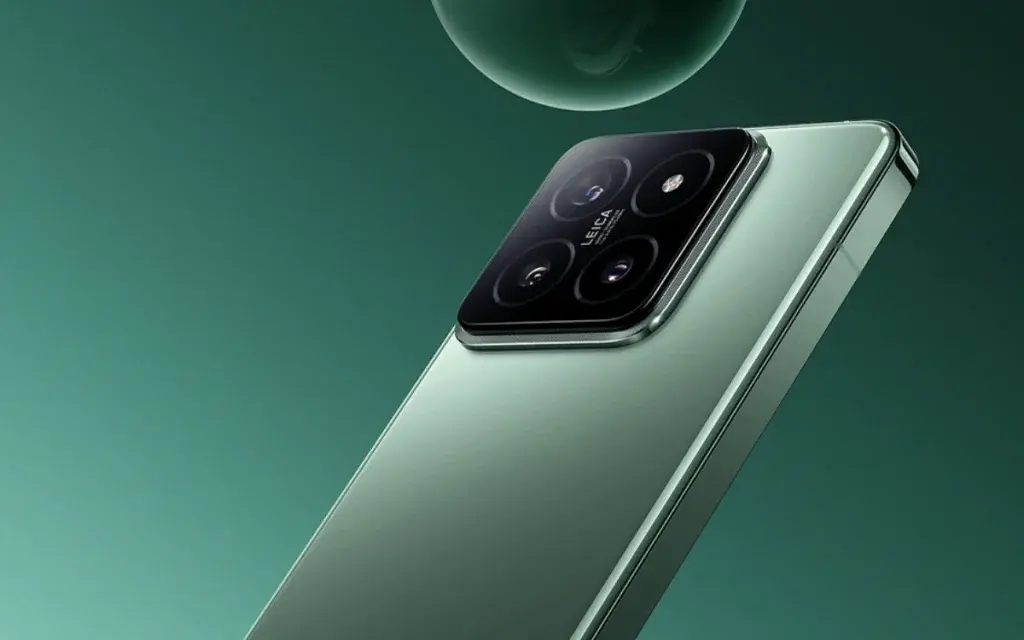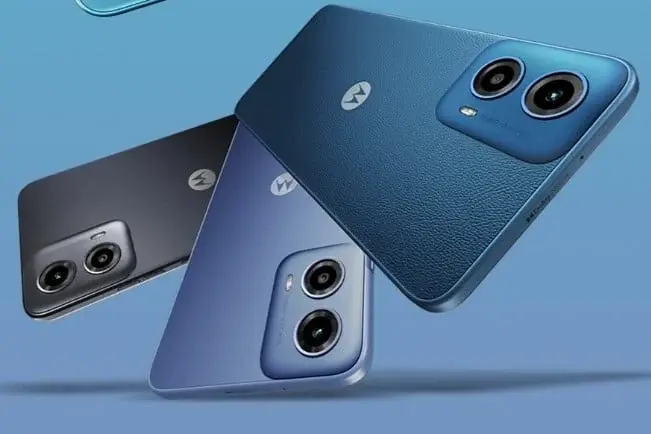Rumors about the Redmi Note 14 series have been circulating for some time, and today a fresh leak has emerged online, revealing what the design of the Redmi Note 14 Pro might look like through a CAD rendering.
The render, unveiled by TechBoilers, indicates a significant design change for the Note 14 Pro. Unlike the Redmi Note 13 Pro, which featured cameras positioned on the side without a dedicated module, the Note 14 Pro appears to have its cameras centered within a unique squircle module.
Design and Features
The image shows three cameras accompanied by an LED flash, although specific details about the sensors remain undisclosed. This CAD render corresponds with a design sketch for the Redmi Note 14 Pro series that was previously shared by the reputable tipster Digital Chat Station. While this may not be the final design, it is likely the most accurate depiction available so far.
Launch Timeline
Redmi introduced the Note 13 series in China last September, and speculations suggest a similar launch period for the Redmi Note 14 series. This implies an official announcement could come as early as next month.
Initially, the Note 14 series is anticipated to include at least three smartphones: the standard Note 14, the Note 14 Pro, and the Note 14 Pro Plus. Each model is rumored to sport a 1.5K AMOLED display.
Performance Expectations
Regarding performance, the Redmi Note 14 Pro is predicted to be equipped with the Snapdragon 7s Gen 3 SoC, whereas the rumored Pro+ model might feature the MediaTek Dimensity 7350 Pro SoC.
Certification processes for all three smartphones have commenced, beginning with Radio certification in China. This suggests that Xiaomi is actively preparing for the Redmi Note 14 series’ release. We will keep you informed of any new updates.

















